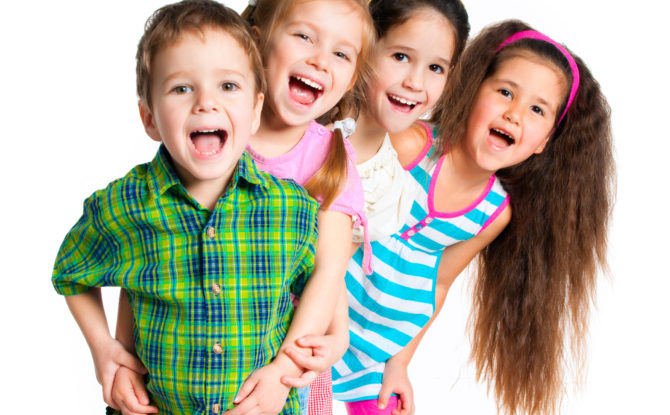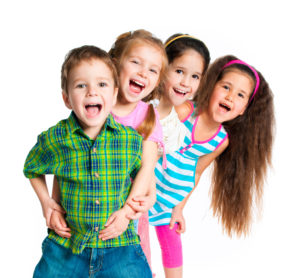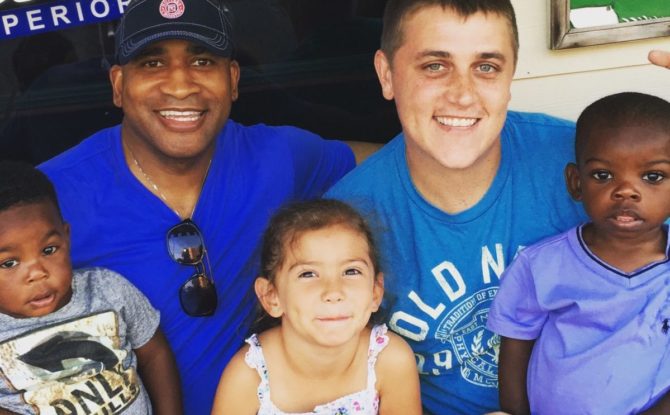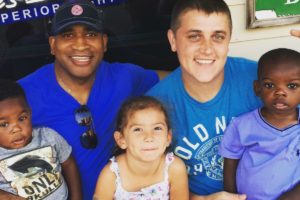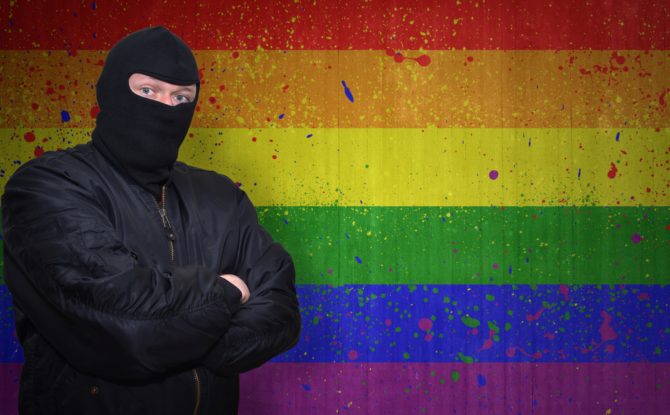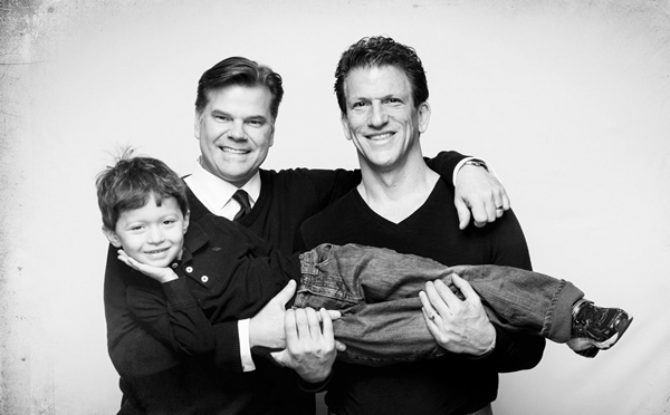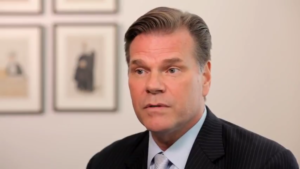When gay and lesbian couples have children, they often begin to divide chores as heterosexual couples do.
When straight couples divide up the chores of daily life — who cooks dinner and who mows the lawn, who schedules the children’s activities and who takes out the trash — the duties are often determined by gender.
Same-sex couples, research has consistently found, divide up chores more equally.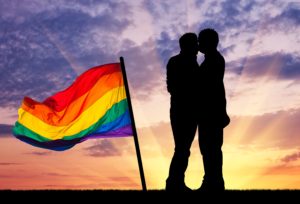
But recent research has uncovered a twist. When gay and lesbian couples have children, they often begin to divide things as heterosexual couples do, according to new data for larger, more representative samples of the gay population. Though the couples are still more equitable, one partner often has higher earnings, and one a greater share of household chores and child care. It shows these roles are not just about gender: Work and much of society are still built for single-earner families.
“Once you have children, it starts to almost pressure the couple into this kind of division of labor, and we’re seeing this now even in same-sex couples,” said Robert-Jay Green, professor emeritus at the California School of Professional Psychology in San Francisco. “Circumstances conspire on every level to get you to fall back in this traditional role.”
Such circumstances include employers who expect round-the-clock availability, and the absence of paid parental leave and public preschool. It’s also smaller things, like pediatricians, teachers or grandparents who assume that one parent is the primary one.
“For, me, the choice to stay home seems easier than us both working and both stressing about who’s going to do what,” said Sarah Pruis, who is raising five children with her wife, who works full time, in Cheyenne, Wyo. “That just seems impossible.”
Gary Becker, the Nobel-winning economist, proposed a theory that marriage was about efficiency: Husbands specialized in earning and wives in homemaking and child rearing. But in recent decades, as women have gained reproductive rights and a foothold in the labor force, marriage has become more about companionship.
Yet women married to men — even when they work and earn as much as or more than their husbands — still do more domestic work, and social scientists have found that the duties are gendered. Feminine chores are mainly indoor and done frequently: cooking, cleaning, laundry and child care. Masculine chores are mostly outdoor and less frequent: taking out the trash, mowing the lawn or washing the car.
by Claire Cane Miller, New York Times, May 16, 2018
Click here to read the entire article.








